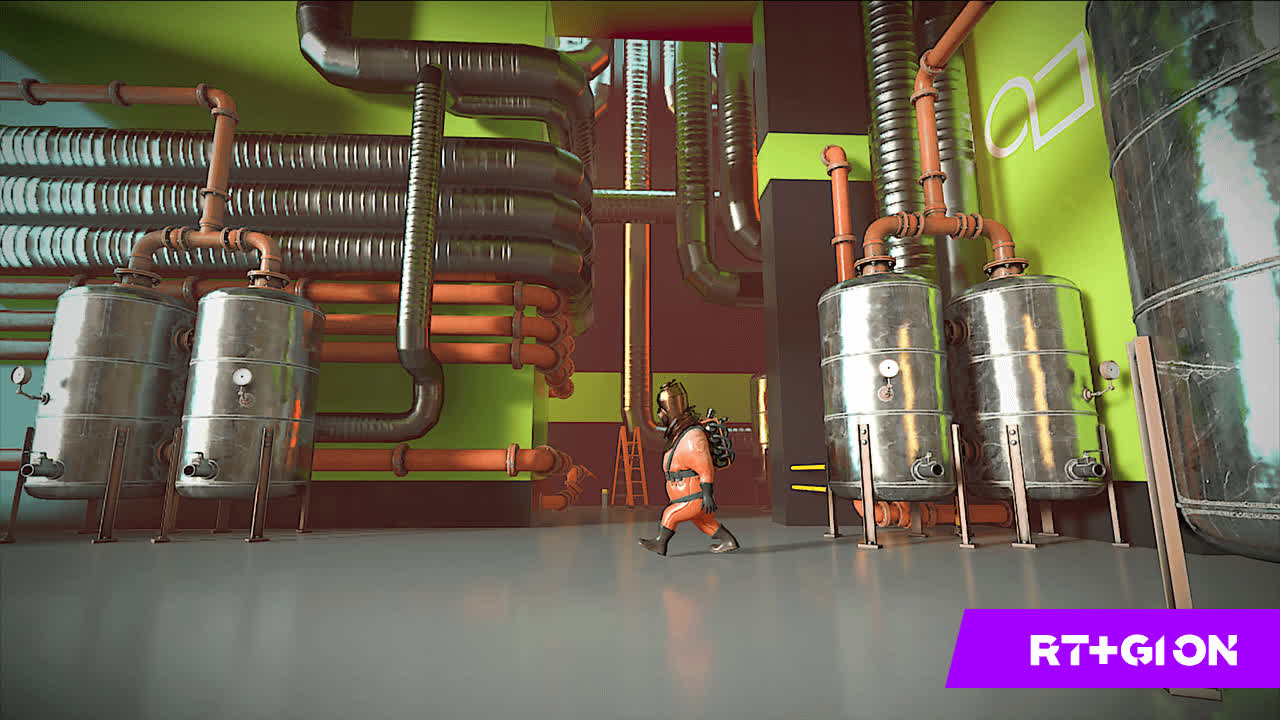In brief: In early November, Imagination Technologies unveiled its latest and most advanced graphics processor, which is supposed to make ray tracing a reality on mobile devices. More recently, it has gone into greater detail, explaining what's behind its ray tracing architecture and what applications it has planned in gaming and beyond.
Imagination claims to bring ray tracing to mobile with the IMG-CXT, the latest entry in the PowerVR series. Though it isn't apparent where the hardware will end up, the specifications on Imagination's website say it will support Linux and Android. The omission of iOS is somewhat peculiar, considering the history of the companies.
Imagination Technologies had worked with Apple since 2006, providing GPUs for iPhones, but had a falling out in 2017. However, Apple repaired its relationship with the graphics supplier in 2020. Now that Apple is producing its own silicon, it may just be that it no longer needs Imagination for iPhone graphics hardware, but that's speculative at best.

Last week on its blog, Imagination started to explain what's behind its Photon ray tracing architecture, even linking to a whitepaper. Diagrams on Imagination's website detail its Ray Acceleration Cluster, which Photon uses to manage all ray-tracing capabilities (above).
Imagination's website specifies that the IMG-CXT should deliver up to 1.3G gigarays per second (GRay/s) for ray traced shadows, ambient occlusion, reflections, and global illumination. In comparison, Nvidia's mid-range RTX 2060 desktop GPU delivers around 5GRay/s. That is a lot more from a nearly three-year-old GPU, but the RTX 2060 is a full desktop component that doesn't have to worry about draining a phone or tablet battery.
The IMG-CXT's traditional rendering performance is also supposed to be an upgrade over the previous IMG-A series and B-series GPUs. It currently supports several graphics APIs, including Vulkan, OpenGL, and Android NN HAL. Imagination says it is intended for "premium smartphones." In addition to gaming, the company suggests the IMG-CXT's ray tracing could also be used to make interior decorating simulations more realistic, or the automotive industry could use it for more realistic virtual representations of cars.
